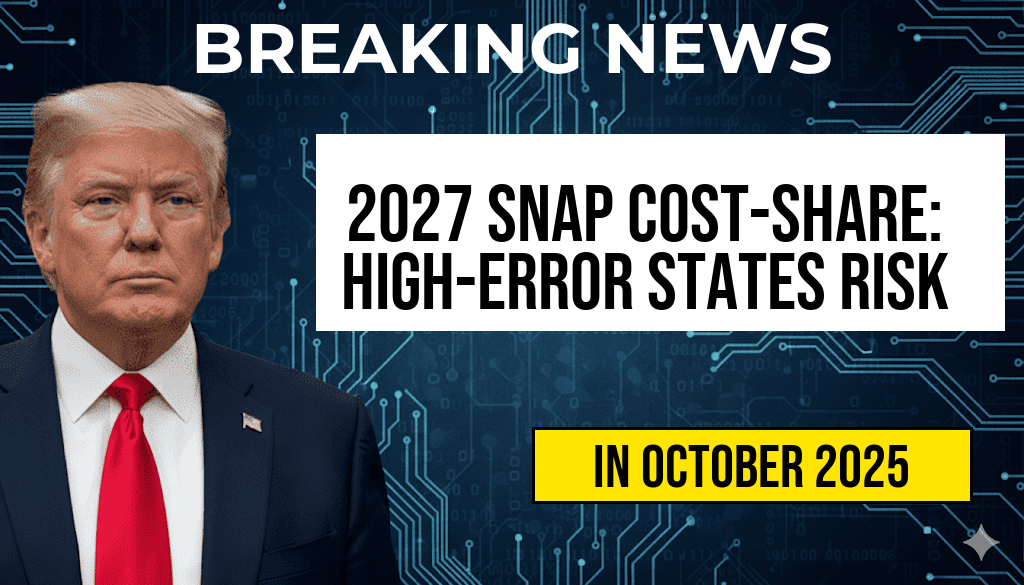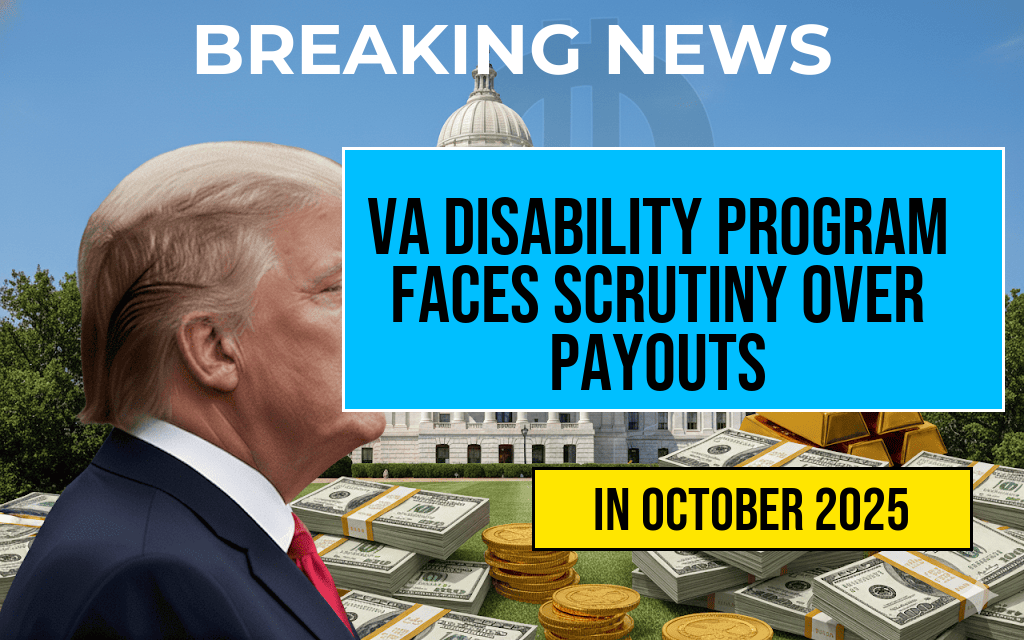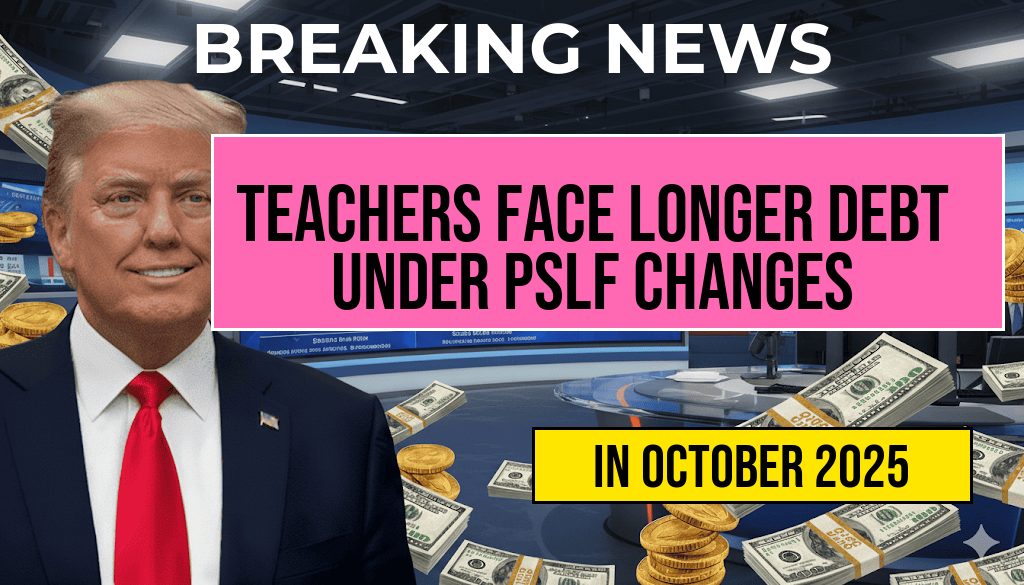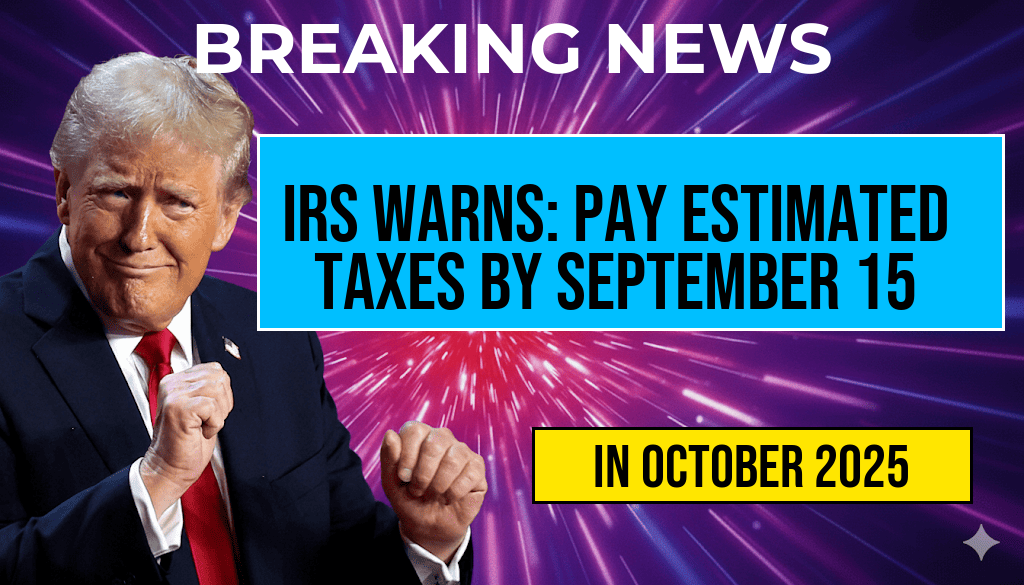The U.S. Department of Education is currently exploring the possibility of selling a significant portion of its student loans portfolio, valued at approximately $1.6 trillion. This move, still in the early stages, could have far-reaching implications for borrowers and the federal government alike. As the Biden administration grapples with the complexities of student debt, this potential sale seeks to address mounting pressures concerning loan forgiveness and financial sustainability. Stakeholders, including borrowers, policymakers, and financial institutions, are closely monitoring the situation, hoping to understand how it may impact future educational financing and the broader economy.
Understanding the Student Loans Portfolio
The federal student loan portfolio is a vast system designed to facilitate access to higher education through financial assistance. As of recent estimates, the total amount of outstanding federal student loans stands at an alarming $1.6 trillion, representing a significant burden on millions of American borrowers. The loans are primarily divided into two categories: direct loans and FFEL loans (Federal Family Education Loans), with the former being more prevalent in recent years.
Current Landscape of Student Debt
The landscape of student debt in the United States has become increasingly contentious, with over 43 million borrowers currently in repayment. The COVID-19 pandemic has exacerbated challenges in this sector, leading to temporary pauses in payment obligations and interest accumulation. However, as these pauses come to an end, the discussion around the potential sale of the loans has emerged as a viable option to alleviate burdens on the federal budget.
Implications of Selling the Student Loans Portfolio
The potential sale of the student loans portfolio raises several questions and concerns:
- Impact on Borrowers: How would a sale affect current repayment plans and interest rates?
- Economic Considerations: What are the implications for the federal budget and taxpayers?
- Private Sector Involvement: Would this lead to increased privatization of student loans?
Impact on Borrowers
For borrowers, the sale could mean significant changes in how their loans are managed. Existing repayment plans might shift, and interest rates could fluctuate based on new servicer policies. Experts argue that transparency in the transition will be crucial to ensure that borrowers are not adversely affected.
Economic Considerations
From a fiscal perspective, selling the student loans could relieve the federal government of some of its debt obligations. However, critics argue that this move might lead to a lack of accountability and higher costs for borrowers in the long run. The economic implications are complex, requiring careful analysis to avoid unintended consequences.
Private Sector Involvement and Future of Student Loans
The involvement of private entities in managing student loans could signal a shift towards a more privatized educational financing system. Advocates for privatization argue it could lead to more competitive rates and personalized service. On the other hand, opponents fear that privatization might prioritize profit over the needs of borrowers, potentially leaving vulnerable populations with fewer protections.
Next Steps and Considerations
As the Department of Education considers the sale of its student loans portfolio, discussions will likely intensify in Congress and among advocacy groups. Stakeholders are urging the administration to prioritize borrower protections and ensure that any changes do not exacerbate the ongoing student debt crisis. Input from various sectors will be crucial in shaping the future of student loan management in the U.S.
Conclusion
The potential sale of the $1.6 trillion student loans portfolio represents a pivotal moment in the ongoing discourse surrounding student debt in America. As the Department of Education navigates this complex landscape, the implications for borrowers, the economy, and educational financing will be closely scrutinized. Stakeholders must engage in constructive dialogue to ensure that the needs of borrowers are met while addressing the financial realities of the federal government.
For further information on the implications of student debt and federal policies, visit Wikipedia and Forbes.
Frequently Asked Questions
What is the current status of the student loans portfolio being considered for sale?
The student loans portfolio, valued at $1.6 trillion, is currently under federal consideration for sale as part of an effort to manage the government’s financial exposure and reduce administrative burdens.
Why is the federal government considering the sale of the student loans portfolio?
The federal government is exploring the sale to alleviate the financial risk associated with the student loans portfolio and to streamline the management of these loans, potentially leading to a more efficient servicing process.
How could the sale of the student loans portfolio affect borrowers?
If the student loans portfolio is sold, borrowers may see changes in their loan servicers, which could impact their repayment terms, customer service experience, and access to loan forgiveness programs.
What are the potential implications of selling such a large student loans portfolio?
The sale of a student loans portfolio worth $1.6 trillion may have significant implications for the financial markets, student loan policies, and the future of higher education financing in the United States.
When is a decision expected regarding the sale of the student loans portfolio?
A timeline for the decision on the student loans portfolio sale has not been publicly disclosed, but federal officials are actively evaluating the options and potential outcomes in the coming months.








